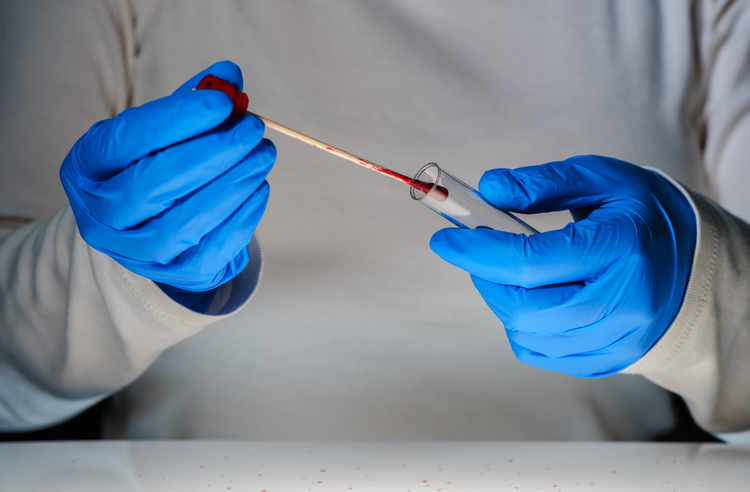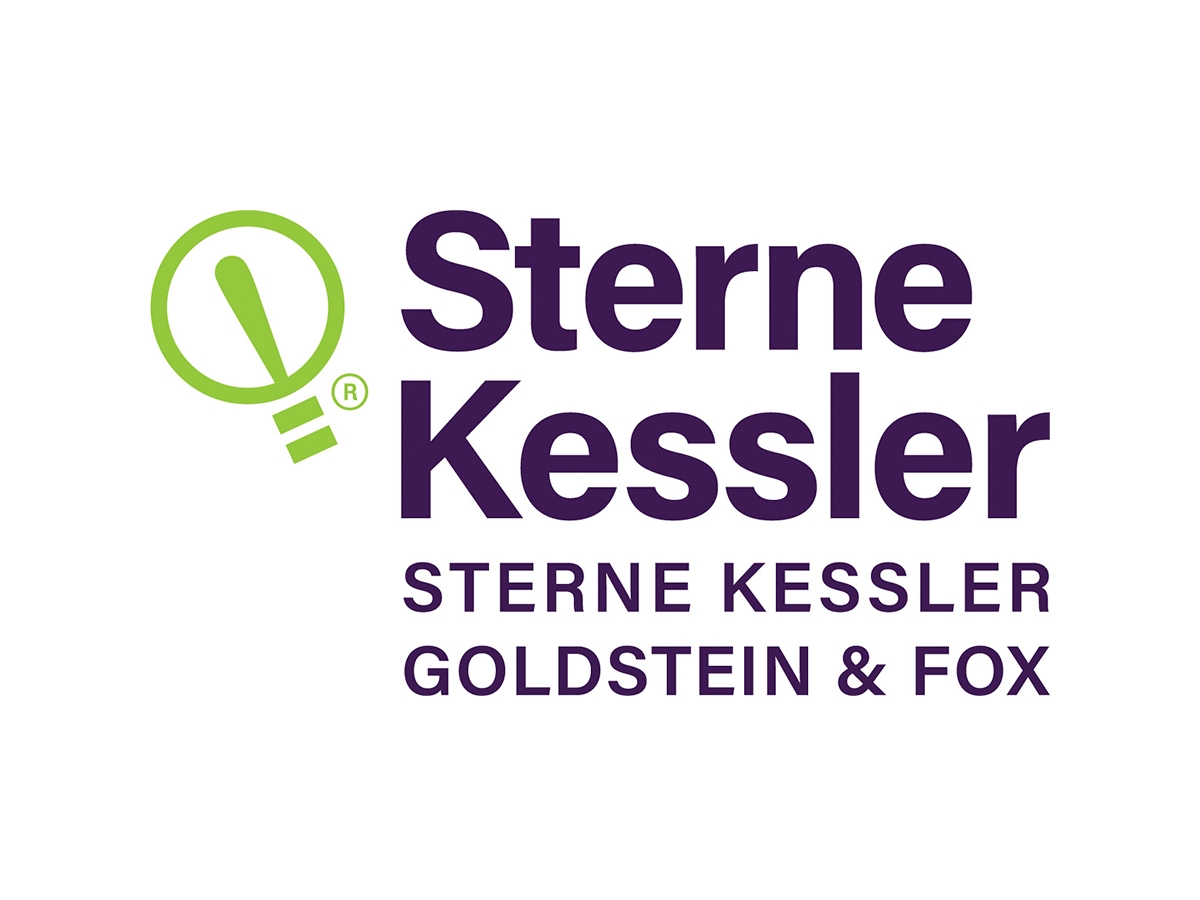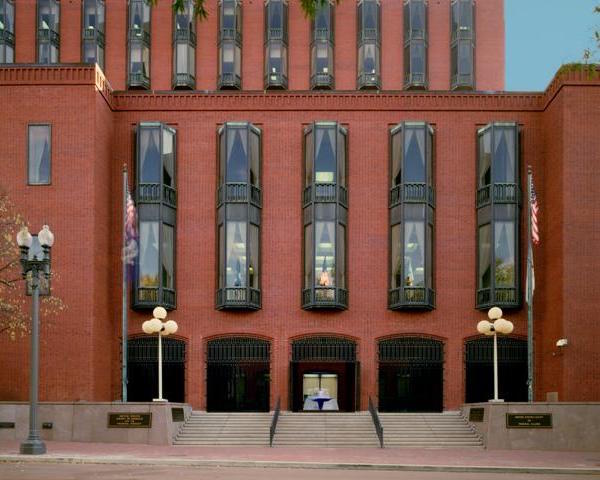USPTO Requests Comments Regarding AI’s Impact | WilmerHale
USPTO Requests Comments Regarding Artificial Intelligence’s Impact on Prior Art, Person Having Ordinary Skill in the Art, and Patentability
On April 30, 2024, the United States Patent and Trademark Office (USPTO) published a Request for Comments (RFC) seeking stakeholder input on fifteen questions regarding artificial intelligence (AI) and its impact on (1) prior art, (2) the knowledge of a person having ordinary skill in the art (PHOSITA), and (3) related patentability determinations.1 The RFC acknowledges the opportunities and challenges presented by the maturation and proliferation of AI technologies—economic, societal, and innovative—and the questions seek input on various issues on which the USPTO may consider providing guidance.
Overview of the Notice
After outlining the USPTO’s various initiatives and notices related to AI, the RFC outlines considerations for the impact of AI on prior art and the knowledge of a PHOSITA.
Prior Art Considerations: The RFC states that a printed publication qualifies as prior art if the reference was “publicly accessible, i.e., ‘available to the extent that persons interested and ordinarily skilled in the subject matter or art, exercising reasonable diligence, can locate [the reference].’”2 The RFC explains that AI may be used to generate prior art, which raises a question as to “the soundness of presuming that a PHOSITA knew of relevant AI-generated art when the vast amount of AI-generated disclosures was never reviewed by a human.”3 The RFC specifically notes that some stakeholders have questioned whether AI-generated content should qualify as prior art. The RFC further discusses the rebuttable presumption that a reference’s teachings are operable and enabled and whether this presumption should apply to AI-generated disclosures. The RFC notes that there is currently no distinction “between who or what made the disclosure, which prompts the question whether AI-generated” content (i.e., content not made or reviewed by a human) should be afforded the same presumption.
Knowledge of a PHOSITA: The RFC explains that obviousness, written description, enablement, and other patentability inquiries are evaluated from the perspective of a PHOSITA.4 The RFC states that the proliferation of AI-tools for PHOSITAs raises various questions relating to the knowledge of a PHOSITA.5
The RFC then lists fifteen questions for public comment. The questions are reproduced below for convenience.
The first five questions relate to prior art. These questions concern non-human involvement in authoring a potential prior art disclosure, the form of an adequate AI-based disclosure, a potential duty to disclose AI authorship, and the impact of disclosures containing incorrect information (e.g., hallucinations). As the pool of available disclosures continues to grow, the RFC also ponders the possibility of such immense volumes of AI-generated disclosures being produced over time forming an “undue barrier” to patentability and making it prohibitively difficult for a PHOSITA to review such disclosures with reasonable diligence.
The next six questions focus on the determination of a PHOSITA, their knowledge and level of skill, and the impact of AI-based tools. These questions concern the impact of AI-based tools on determining the level of skill of the PHOSITA, how the PHOSITA would interpret claim terms, obviousness analysis including “analogous art,” exemplary KSR rationales, and objective indicia, recency of training data, and enablement (e.g., the Wands factors).
The final three questions ask for suggestions on future guidance, any solutions adopted by other countries, and whether there are any specific amendments stakeholders would propose for title 35 of the U.S. Code.
Conclusion
The RFC, published April 30, 2024, seeks stakeholder comments relating to AI’s impact on important aspects of patentability determinations such as prior art and the knowledge of a PHOSITA. The RFC specifically enumerates fifteen questions and invites stakeholders to submit comments on other issues relevant to the topics in the RFC. The deadline to submit comments is July 29, 2024.
Specific Questions From the RFC
1. In what manner, if any, does 35 U.S.C. 102 presume or require that a prior art disclosure be authored and/or published by humans? In what manner, if any, does non-human authorship of a disclosure affect its availability as prior art under 35 U.S.C. 102?
2. What types of AI-generated disclosures, if any, would be pertinent to patentability determinations made by the USPTO? How are such disclosures currently being made available to the public? In what other ways, if any, should such disclosures be made available to the public?
3. If a party submits to the Office a printed publication or other evidence that the party knows was AI-generated, should that party notify the USPTO of this fact, and if so, how? What duty, if any, should the party have to determine whether a disclosure was AI-generated?
4. Should an AI-generated disclosure be treated differently than a non-AI- generated disclosure for prior art purposes? For example:
a. Should the treatment of an AI-generated disclosure as prior art depend on the extent of human contribution to the AI-generated disclosure?
b. How should the fact that an AI-generated disclosure could include incorrect information (e.g., hallucinations) affect its consideration as a prior art disclosure?
c. How does the fact that a disclosure is AI-generated impact other prior art considerations, such as operability, enablement, and public accessibility?
5. At what point, if ever, could the volume of AI-generated prior art be sufficient to create an undue barrier to the patentability of inventions? At what point, if ever, could the volume of AI-generated prior art be sufficient to detract from the public accessibility of prior art (i.e., if a PHOSITA exercising reasonable diligence may not be able to locate relevant disclosures)?
6. Does the term “person” in the PHOSITA assessment presume or require that the “person” is a natural person, i.e., a human? How, if at all, does the availability of AI as a tool affect the level of skill of a PHOSITA as AI becomes more prevalent? For example, how does the availability of AI affect the analysis of the PHOSITA factors, such as the rapidity with which innovations are made and the sophistication of the technology?
7. How, if at all, should the USPTO determine which AI tools are in common use and whether these tools are presumed to be known and used by a PHOSITA in a particular art?
8. How, if at all, does the availability to a PHOSITA of AI as a tool impact:
a. Whether something is well-known or common knowledge in the art?
b. How a PHOSITA would understand the meaning of claim terms?
9. In view of the availability to a PHOSITA of AI as a tool, how, if at all, is an obviousness determination affected, including when:
a. Determining whether art is analogous to the claimed invention, given AI’s ability to search across art fields? Does the “analogous” art standard still make sense in view of AI’s capabilities?
b. Determining whether there is a rationale to modify the prior art, including the example rationales suggested by KSR (MPEP 2143, subsection I) (e.g., “obvious to try”) or the scientific principle or legal precedent rationales (MPEP 2144)?
c. Determining whether the modification yields predictable results with a reasonable expectation of success (e.g., how to evaluate the predictability of results in view of the stochasticity (or lack of predictability) of an AI system)?
d. Evaluating objective indicia of obviousness or nonobviousness (e.g., commercial success, long felt but unsolved needs, failure of others, simultaneous invention, unexpected results, copying, etc.)?
10. How, if at all, does the recency of the information used to train an AI model or that ingested by an AI model impact the PHOSITA assessment when that assessment may focus on an earlier point in time (e.g., the effective filing date of the claimed invention for an application examined under the First-Inventor-to-File provisions of the America Invents Act)?
11. How, if at all, does the availability to a PHOSITA of AI as a tool impact the enablement determination under 35 U.S.C. 112(a)? Specifically, how does it impact the consideration of the In re Wands factors (MPEP 2164.01(a)) in ascertaining whether the experimentation required to enable the full scope of the claimed invention is reasonable or undue?
12. What guidance from the USPTO on the impact of AI on prior art and on the knowledge of a PHOSITA, in connection with patentability determinations made by the Office, would be helpful?
13. In addition to the considerations discussed above, in what other ways, if any, does the proliferation of AI impact patentability determinations made by the Office (e.g., under 35 U.S.C. 101, 102, 103, 112, etc.)?
14. Are there any laws or practices in other countries that effectively address any of the questions above? If so, please identify them and explain how they can be adapted to fit within the framework of U.S. patent law.
15. Should title 35 of the U.S. Code be amended to account for any of the considerations set forth in this notice, and if so, what specific amendments do you propose, and why?
Footnotes






